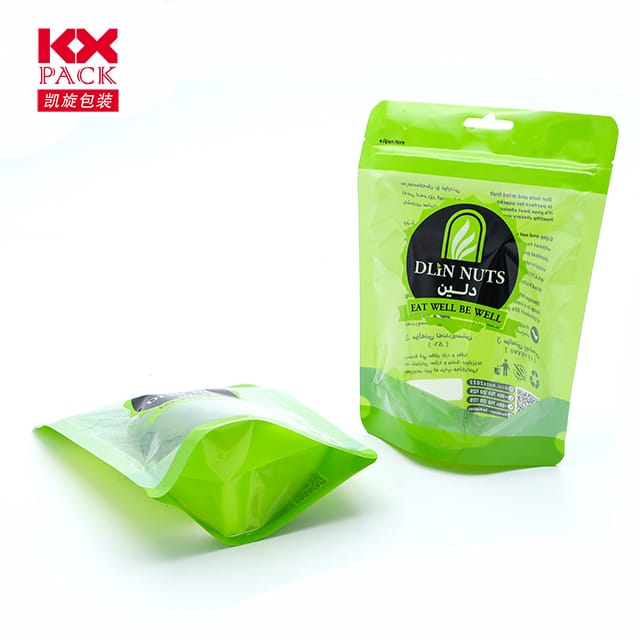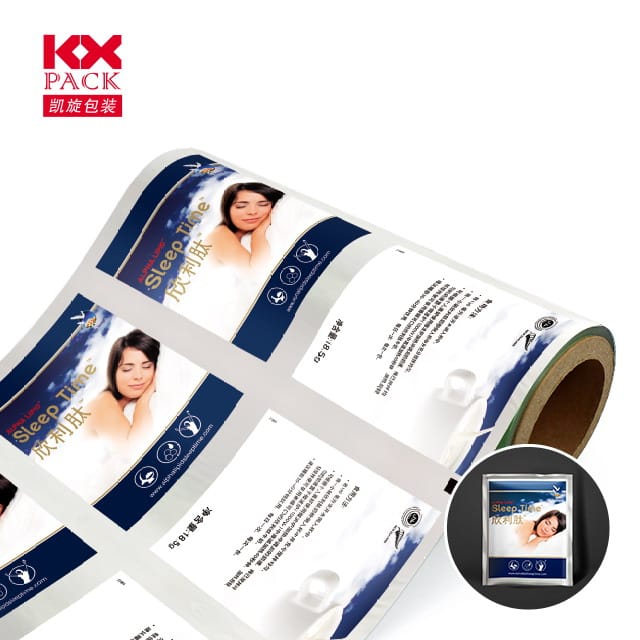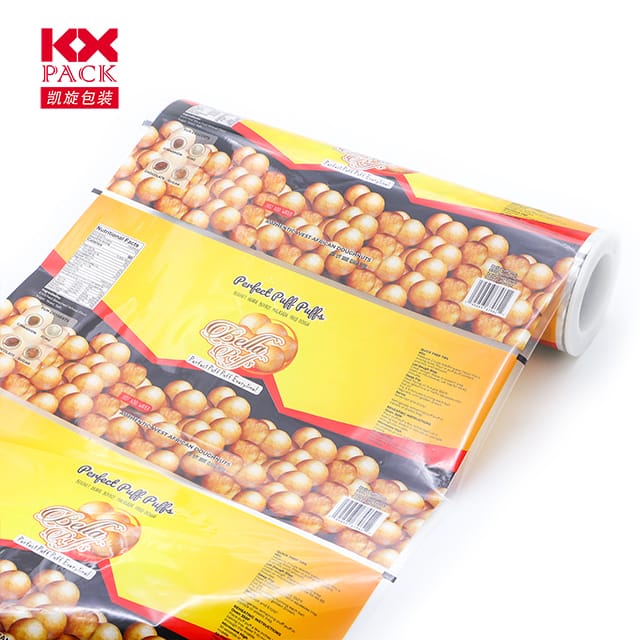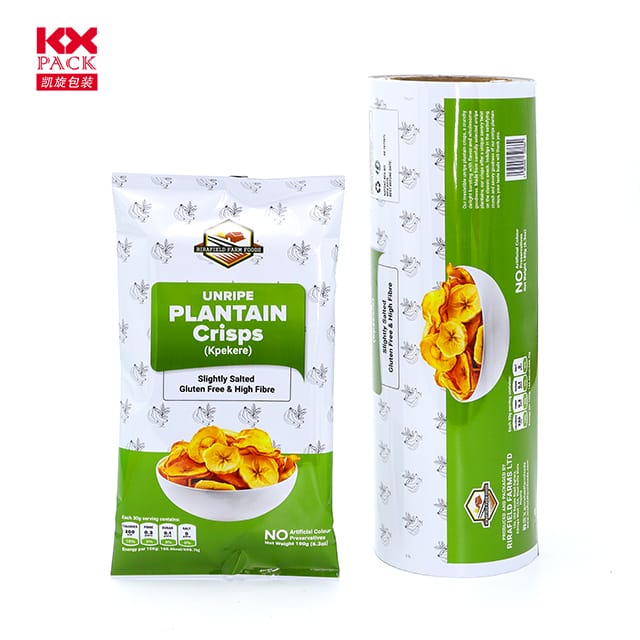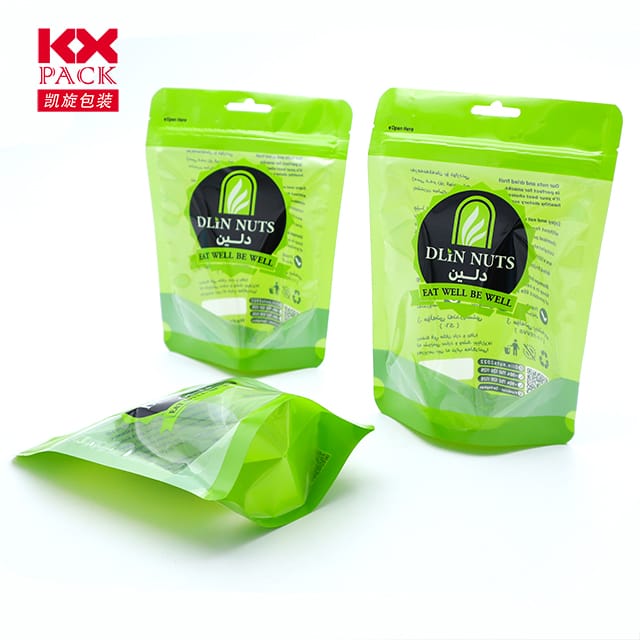L'impact environnemental invisible de l'emballage de rouleau de film et comment dérouter un avenir plus vert
Emballage de rouleau de film
From fresh produce wraps to e-commerce mailers, emballage de rouleau de film - mince, Feuilles en plastique flexibles utilisées pour la protection et le scellage - est omniprésent dans la vie moderne. Tandis que son poids léger, La conception rentable semble pratique, Son empreinte environnementale raconte une histoire plus sombre. Chaque année, Des milliards de livres de déchets de gaspillage de films de rotation des déchets, océans, et écosystèmes, highlighting an urgent need for systemic reform.
Why Film Roll Packaging Is a Recycling Conundrum
Emballage de rouleau de film , typically made from low-density polyethylene (PEBD) or linear low-density polyethylene (PEBDL), poses unique recycling challenges:
- Contamination Risks:
Film often traps food residue, étiquettes, or adhesives, making it difficult to clean for recycling. Most municipal programs reject it due to contamination fears. - Logistical Hurdles:
Unlike rigid plastics, film rolls can jam machinery at recycling facilities. Specialized equipment is required to compact and process them, which many facilities lack. - Downcycling Dilemmas:
Even when recycled, film is typically “downcycled” into lower-value products like composite lumber or trash bags, perpetuating a cycle of single-use materials.
In the U.S., only 5% de Emballage de rouleau de film is recycled annually, with the rest ending up in landfills or as litter. Globally, the situation is equally dire, with plastic film contributing to 20% of marine plastic pollution.
Innovations Driving Sustainable Film Roll Solutions
Despite these obstacles, industry leaders and startups are pioneering eco-friendly alternatives:
- Films biodégradables et compostables
- Companies like TIPA and BioPak are developing film rolls made from plant-based materials (Par exemple, maïzena, cassava) that break down in industrial composting facilities within 180 journées.
- These films meet ASTM D6400 standards for compostability, offering a viable alternative to traditional LDPE.
- Post-Consumer Recycled (PCR) Content
- Brands like Sealed Air and Novolex are incorporating 50%+ PCR content into their film rolls, Réduire la dépendance aux plastiques vierges.
- Some mailers now use 100% contenu recyclé, though durability and cost remain barriers to widespread adoption.
- Reusable and Returnable Systems
- Loop, a circular shopping platform, partners with retailers to offer reusable film packaging for dry goods. Customers return the packaging via prepaid labels for cleaning and reuse.
- Modular systems (Par exemple, adjustable-length film dispensers) reduce waste by allowing users to cut only what they need.
- Paper-Based Alternatives
- Innovations like coated kraft paper (Par exemple, Natureflex by Futamura) offer water resistance and flexibility, replacing plastic film for certain applications (Par exemple, fresh produce).
How Consumers and Businesses Can Take Action
- For Consumers:
- Recycle Right: Check if your local grocery store accepts plastic film (many do via storefront bins). Avoid tossing film in curbside recycling.
- Choose Sustainable Brands: Look for labels like “100% Recycled” ou “Home Compostable” on packaging.
- Réduire l'utilisation: Opt for bulk purchases, reusable containers, or minimal-packaging stores.
- For Businesses:
- Adopt PCR Film: Transition to film rolls with 30–50% recycled content. Partner with suppliers like RJG Plastics or Eco-Products.
- Conception de circularité: Ensure packaging is easily separable (Par exemple, no glued labels) and compatible with recycling streams.
- Educate Customers: Include clear disposal instructions on packaging and promote recycling programs.
- Policy and Advocacy:
- Support Extended Producer Responsibility (EPR) laws that require manufacturers to fund recycling infrastructure for film.
- Advocate for bans on single-use plastic films in non-essential applications (Par exemple, supermarket produce bags).
The Bigger Picture: Rethinking Flexible Packaging
Emballage de rouleau de film is a symptom of a broader problem: our reliance on disposable, single-use materials. To achieve true sustainability, we must redesign packaging systems entirely:
- Invest in Reuse Models: Prioritize returnable containers, refill stations, and deposit schemes.
- Innovate Materials: Fund research into biodegradable polymers or edible films (Par exemple, Enveloppements à base d'algues).
- Shift Consumer Behavior: Normalize reusable bags, containers, and bulk buying through incentives and education.
Conclusion: Wrapping Up a Greener Tomorrow
The next time you unroll a package or toss a plastic mailer, pause: that thin film could persist for centuries. But by supporting recyclable alternatives, advocating for policy change, and reducing consumption, we can unroll a future where packaging protects both products and the planet.
Act Now:
- Recycle your Emballage de rouleau de film at local drop-off points.
- Switch to brands using compostable or recycled-content film.
- Share this post to raise awareness about film’s hidden environmental cost.
Ensemble, we can turn the tide on plastic waste—one flexible roll at a time.
Sources: Ellen MacArthur Foundation, EPA, Packaging Digest, TIPA Corp.



